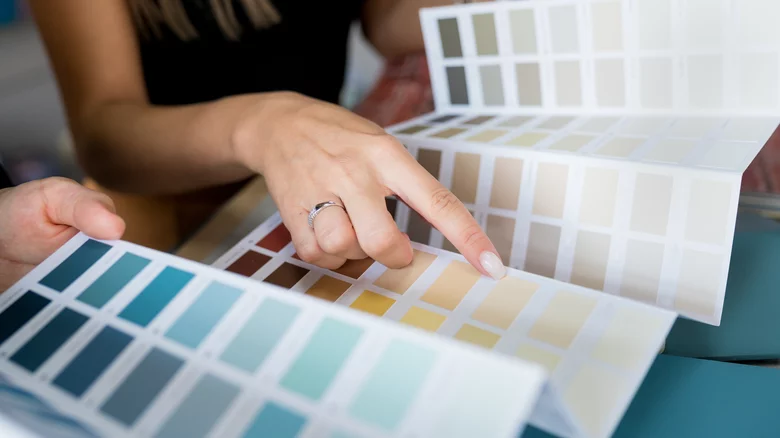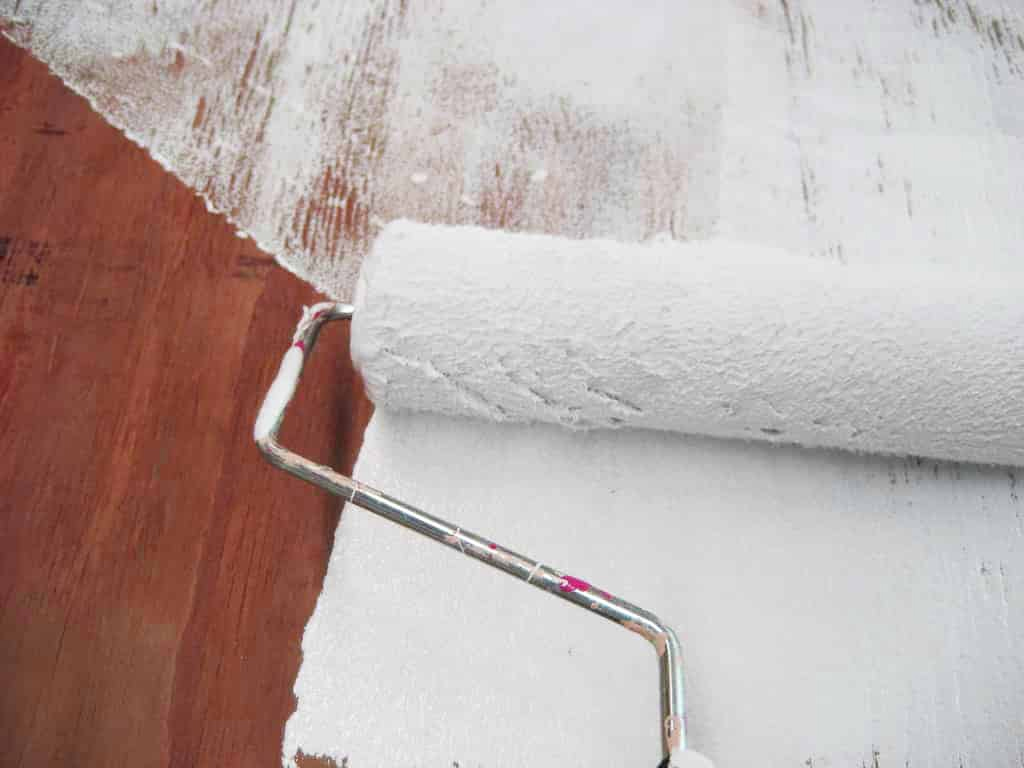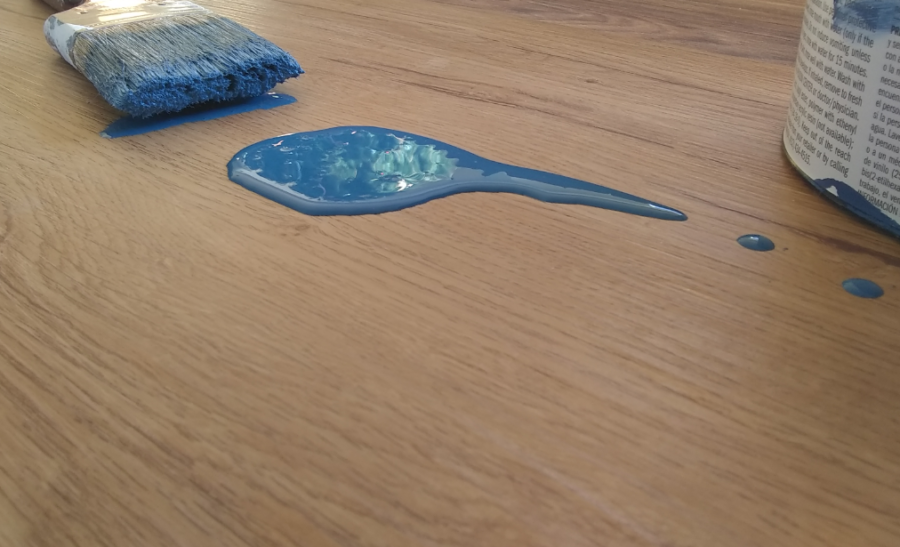
Painting your home can be a fun and rewarding project, but it’s important to avoid common mistakes. In this blog post, we’ll explore the most common painting mistakes so you can make sure that your project goes as smoothly as possible.
#janddhandyman #housepainter #handyman # #handymanrepairs #residentialconstruction #flooring #plumbing #carpentry #electricians #masonry #homerepairs #guttercleaning #gutter cleaning tips

Not Preparing the Surface
Before you start painting, it’s important to properly prepare the surface. This means taking the time to clean and repair any cracks or holes, sand down any rough patches, and remove any dirt or debris that could interfere with the paint job.
Failing to do so could result in a poorly finished product and an uneven application of paint. To ensure the best possible outcome for your painting project, make sure you take the time to prepare the surface beforehand. Tips for professionals

Choosing the Wrong Paint
Choosing the wrong paint color is one of the biggest mistakes you can make when painting your home. It’s easy to be swayed by a beautiful color on a paint chip or in a magazine, only to be disappointed when you see it on your walls. To avoid this, try doing a test patch on the wall first with a sample size of the color you’re considering. This will give you a better idea of what the color will look like in your space. Also, keep in mind that paint typically shows up darker IRL than on the swatch, so go a shade lighter if you’re unsure. Things to consider before painting.

Skipping Primer
One of the most important steps in painting your home is to apply a primer before you begin painting. Primer helps create an even, sealed surface, so your paint will look better and last longer. Skipping this step can cause the paint to not adhere properly, resulting in a blotchy, uneven finish. Make sure you use the right primer for your project, and take the time to apply it correctly. If you’re painting over a dark color, you may need a tinted primer to ensure your new color looks its best.
Get a Quote For Your Next Painting Project

Using a Low-Quality Brush or Roller
It’s tempting to go with the cheapest brush or roller when you’re painting, but this can be a costly mistake. Low-quality brushes and rollers usually leave behind streaks, lines, and an inconsistent finish. Plus, they are more likely to shed bristles or fibers into your paint. Investing in a quality brush or roller will ensure your walls and trim have an even, smooth finish that looks professionally done.
Applying Too Much Paint
Applying too much paint is a mistake that many novice painters make. Not only can this lead to drips, sags, and uneven coverage, but it can also cause your paint job to look splotchy and unnatural. To avoid this mistake, only apply enough paint to cover the surface in one or two thin coats. Make sure to use long, even strokes and avoid putting too much pressure on the brush or roller. Also, take the time to blend overlapping strokes together to ensure a smooth finish. Finally, be sure to use painter’s tape to avoid any mistakes when painting near trim or other surfaces.
Using a Wet Brush or Roller
When it comes to painting, using a wet brush or roller is a mistake that you should definitely avoid. A wet brush or roller will cause your paint to spread unevenly, streak, and even create bubbles. When painting, always make sure that your brush or roller is dry and free of any clumps of paint. If the bristles on your brush or roller are clumped together, use a clean cloth to wipe them off. Additionally, it’s important to remember that if you’ve been using a water-based paint, you should change your brush or roller out every few hours. This ensures that the paint is fresh and evenly distributed. 10 ways to paint like a pro

Not Doing Test Patches
Before you commit to a color, it’s important to do a test patch. You should always test the paint on a small area of the wall to make sure that the color is what you expect. Lighting can cause colors to appear different, so it’s important to do your test in the same light that you’ll be painting the room. That way, you can be sure that the color looks the way you want it to.
Ignoring Safety Precautions
Painting can be dangerous work, and it’s important to make sure that you take all necessary safety precautions. Before you start painting, it’s essential to make sure you have the right equipment. Wear a face mask, safety glasses, and gloves to protect yourself from any fumes or particles in the air. Also, make sure you’re working in a well-ventilated area to prevent the build-up of fumes. It’s also important to take regular breaks and drink plenty of water to stay hydrated. Finally, be sure to store any leftover paint in a safe place, away from any potential sources of ignition.

Not Cleaning up Properly
After putting in all the hard work of prepping and painting, the last thing you want to do is leave a mess behind. Cleaning up after painting isn’t a glamorous task, but it’s an important one. Not only will it help make sure that the area looks its best, but it’ll also make sure that your paint job will last longer.
So, what should you do? Make sure to clean all your tools with warm, soapy water and a soft cloth while they’re still wet. If your brushes and rollers are dry, you can use solvents like mineral spirits to get the job done. When it comes to any spilled paint, be sure to clean it up with a damp cloth as soon as possible.
Forgetting to Take Time for Touch-Ups
Touch-ups are an important part of painting, but they can be easily overlooked. When you’re in a rush to finish, it’s tempting to move on without taking the time to address minor imperfections. However, even the smallest flaws can stand out if you don’t take the time to patch them up. Make sure to go back and inspect your work for any drips or uneven areas that need to be touched up. This will ensure that your paint job looks as perfect as possible.






